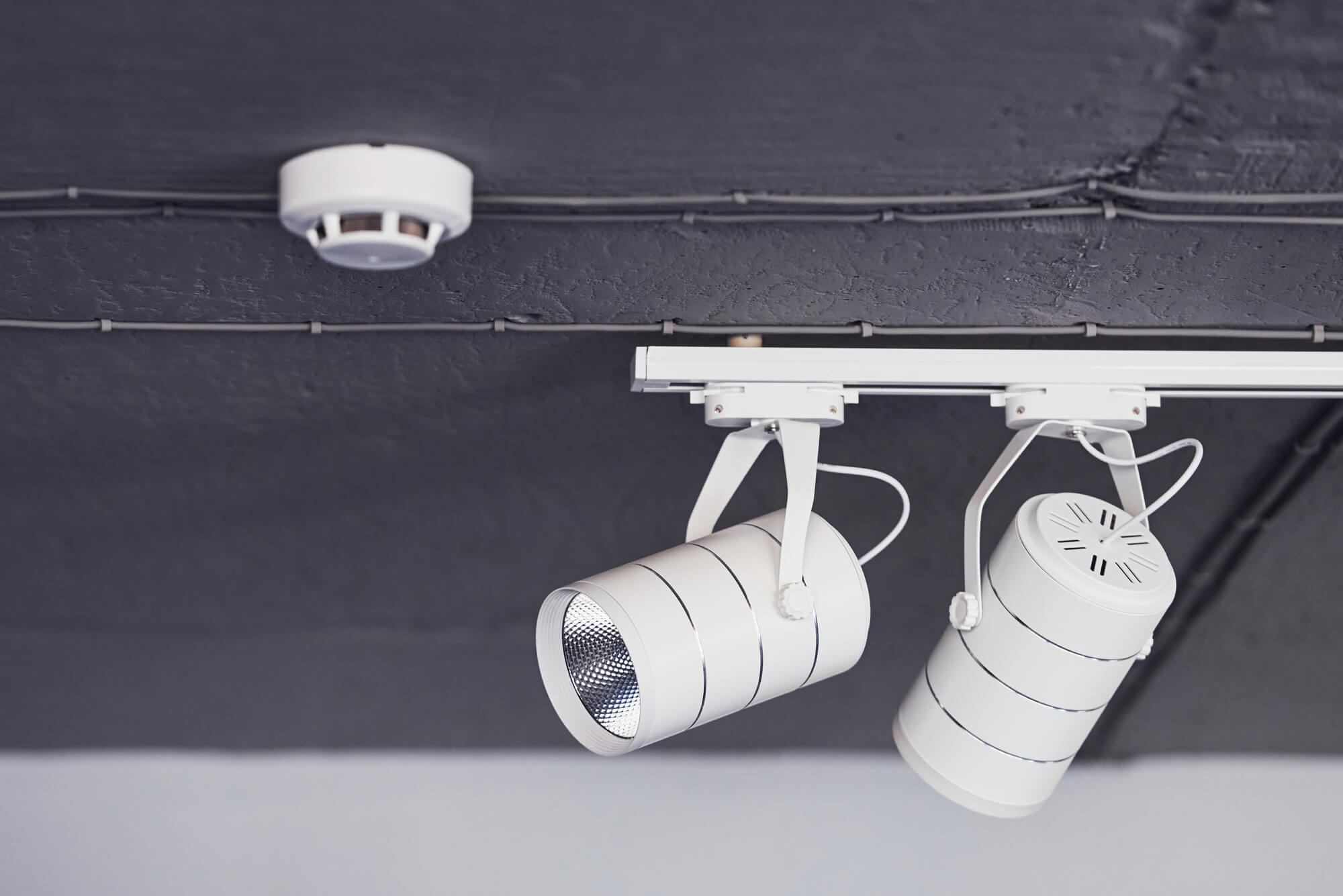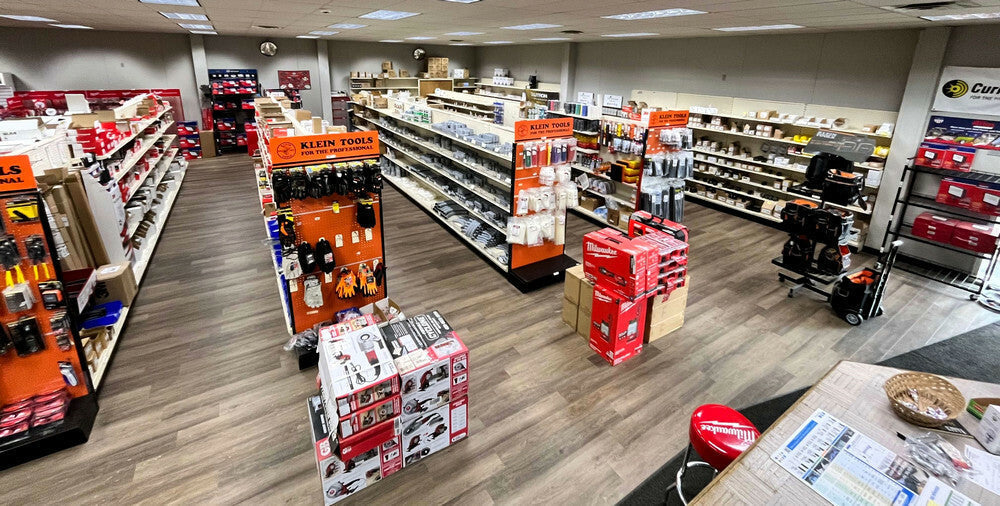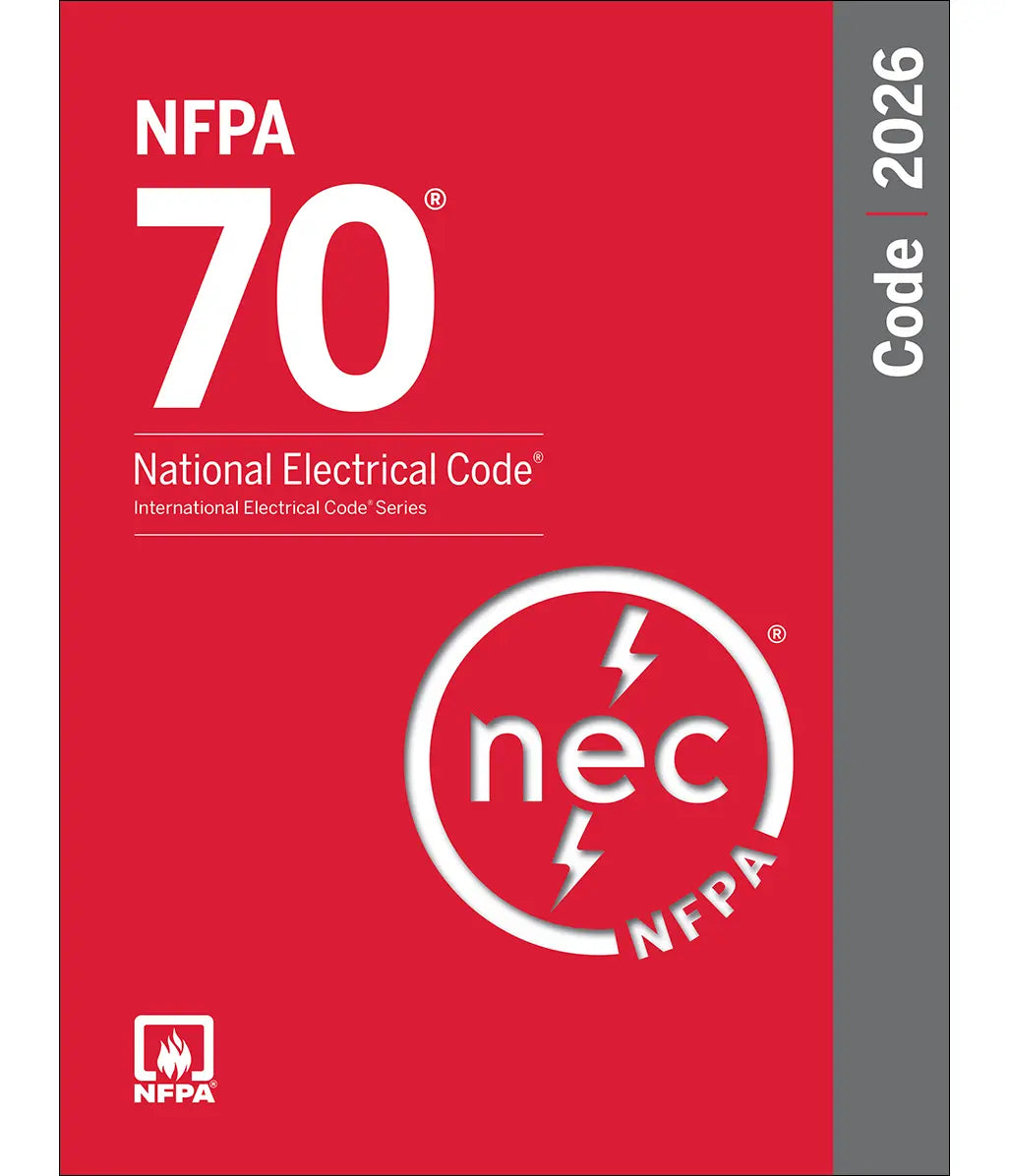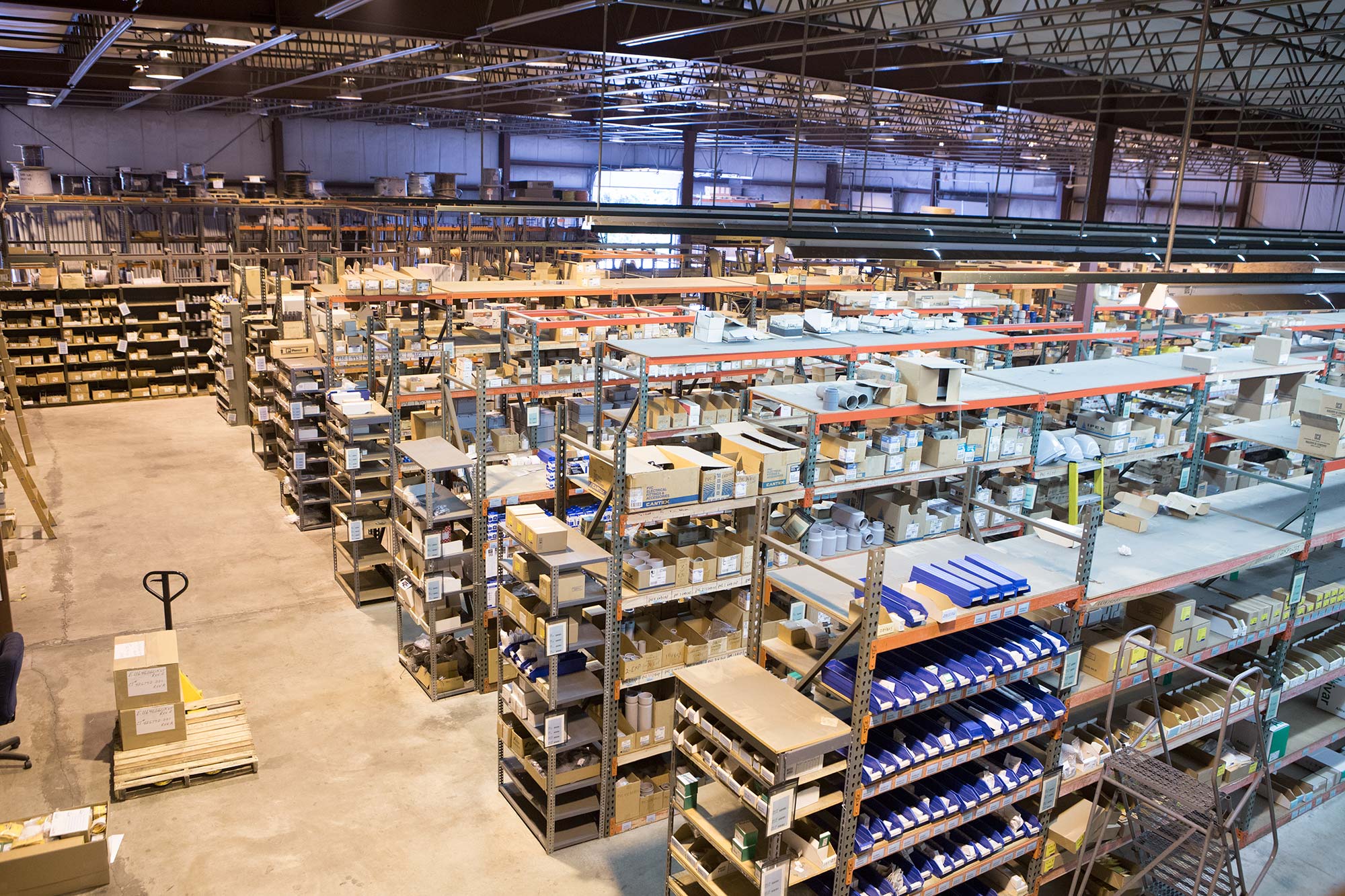Track lighting is a versatile and adjustable lighting solution widely used in residential, commercial, and artistic environments. This type of lighting system consists of a series of lights, or 'heads', mounted on a continuous track containing electrical conductors.
Unlike fixed lighting, track lighting allows you to position each light head along the track, giving you the flexibility to illuminate different areas or objects as needed. How does track lighting work? This article explores the mechanics behind it, its components, and why it's a preferred choice for many lighting designers and homeowners.
Understanding the Components of Track Lighting
To grasp fully how track lighting works, let’s start with its basic components. A typical track lighting setup includes the track, light heads, and a power source. Here’s a detailed look at each part:
The Track
The track is the foundation of the track lighting system. It is usually made from metal and comes in various lengths and shapes, including straight, curved, and flexible designs.
The track houses electrical conductors that power the light heads. It can be mounted to the ceiling, suspended, or even wall-mounted, depending on the design requirements and the aesthetic appeal of the space.
Light Heads
Light heads are the visible part of the system and where the actual illumination comes from. They are available in various styles and functionalities, including spotlights, pendant lights, and more. Each head can be individually adjusted to direct light precisely where it's needed, making this an incredibly flexible option for spotlighting artwork, architectural details, or creating general ambient lighting in a room
Connectors
These fittings allow you to extend, bend, or join pieces of track, providing flexibility in how the track is shaped and where it is laid out. Common types include straight connectors, L-connectors, T-connectors, and flexible connectors.
Power Supply
Track lighting can be powered directly from your home’s electrical system. It usually connects to power through a feed, which can be at the end of the track, in the middle, or anywhere along the length, depending on the design and electrical requirements.
How It All Connects:
⦁ The track contains electrical conductors inside it—these are usually copper strips that run the length of the track.
⦁ Light heads are designed with connectors that fit snugly into the track. Once inserted, they twist or click into place, making contact with the electrical conductors inside the track.
⦁ As electricity flows through these conductors, it powers the light heads that are attached.
⦁ Connectors ensure that even if the track is bent or extended, the flow of electricity remains uninterrupted, allowing all light heads on the track to function properly.
Installation Process
The installation of track lighting is relatively straightforward, making it a popular choice for DIY enthusiasts as well as professional installers. Here’s a brief overview of the typical installation steps:
⦁ Planning: Before installation, it's important to plan the layout of the track and determine where the lights should be directed. This planning stage helps ensure that the track is both functional and aesthetically pleasing
⦁ Mounting: This step involves mounting the track to the ceiling or wall using appropriate hardware. Take care to ensure that it is securely attached and properly aligned.
⦁ Electrical Connection: Next is the installation of the power connector and connecting the track to the power supply. Perform this step with the power off to avoid any electrical hazards.
⦁ Adding Light Heads: After powering the track, the next step is to clip the light heads onto the track. Adjust their position along the track and modify the direction of each head to achieve the desired lighting effect.
⦁ Testing: After the installation of all components, test the system to ensure all lights are operational and correctly aimed.
When to Use Track Lighting
Track lighting is ideal for numerous applications and purposes due to its flexibility and ease of customization. Here are some scenarios where track lighting is particularly useful:
Residential Use
In homes, track lighting is often used in kitchens, living rooms, and hallways where adjustable, directed light can enhance both the functionality and mood of the space. For instance, in a kitchen, track lights can be aimed at work areas for task lighting and angled to highlight art or architectural features.
Commercial Settings
In commercial environments such as retail stores, galleries, and restaurants, track lighting serves both practical and decorative purposes. It can spotlight products, art pieces, or architectural details, enhancing their visibility and appeal. Adjustable fixtures allow for quick reconfiguration of lighting to match layout changes or new displays.
Artistic and Display Lighting
Art galleries and exhibition spaces benefit tremendously from track lighting. The ability to adjust each light individually allows for precise control over how each piece is illuminated, which can significantly affect how colors and textures are perceived by viewers.
Enhancing Energy Efficiency
Modern track lighting systems are compatible with LED technology, which significantly enhances their energy efficiency. LED track lights consume less power and have a longer lifespan compared to traditional halogen or incandescent bulbs. This transition to LEDs not only reduces energy costs but also decreases the need for frequent bulb replacements, contributing to a more sustainable lighting solution.
Customization Options
The customization of track lighting extends beyond mere flexibility. Various accessories and track options allow for complete personalization:
⦁ Dimmers: Incorporating dimmers can adjust the intensity of the lights, creating the right ambiance for any occasion and saving energy when full brightness is not necessary.
⦁ Color Temperature: Selecting light heads with different color temperatures can influence the mood and functionality of a space. Warmer lights often make a room feel inviting, while cooler lights are ideal for task-oriented environments like offices and kitchens.
Limitless Possibilities with Track Lighting
Track lighting stands out as a highly adaptable and efficient lighting solution that caters to a wide array of lighting needs. From the simplicity of installation to the complexity of customizable options, it offers a dynamic approach to lighting that few other systems can match.
Whether enhancing a home, lighting up a commercial space, or spotlighting precious artwork, Sonic Electric provides a tailored solution that emphasizes both form and function. We specialize in providing comprehensive lighting solutions that cater to both aesthetic and practical needs.
Our selection of track lighting systems, including state-of-the-art LED options, offers everything from basic setups to advanced configurations. We assist our clients in designing custom track lighting plans that optimize space functionality and enhance visual appeal.
For your residential remodel or commercial installation, our expert team is here to provide guidance and high-quality products to ensure your project's success. With our help, you can transform any environment with lighting that meets your practical requirements and aesthetic expectations.







Share:
Understanding LED Lighting Design
11 Creative Pool Lighting Ideas For Your Backyard Oasis